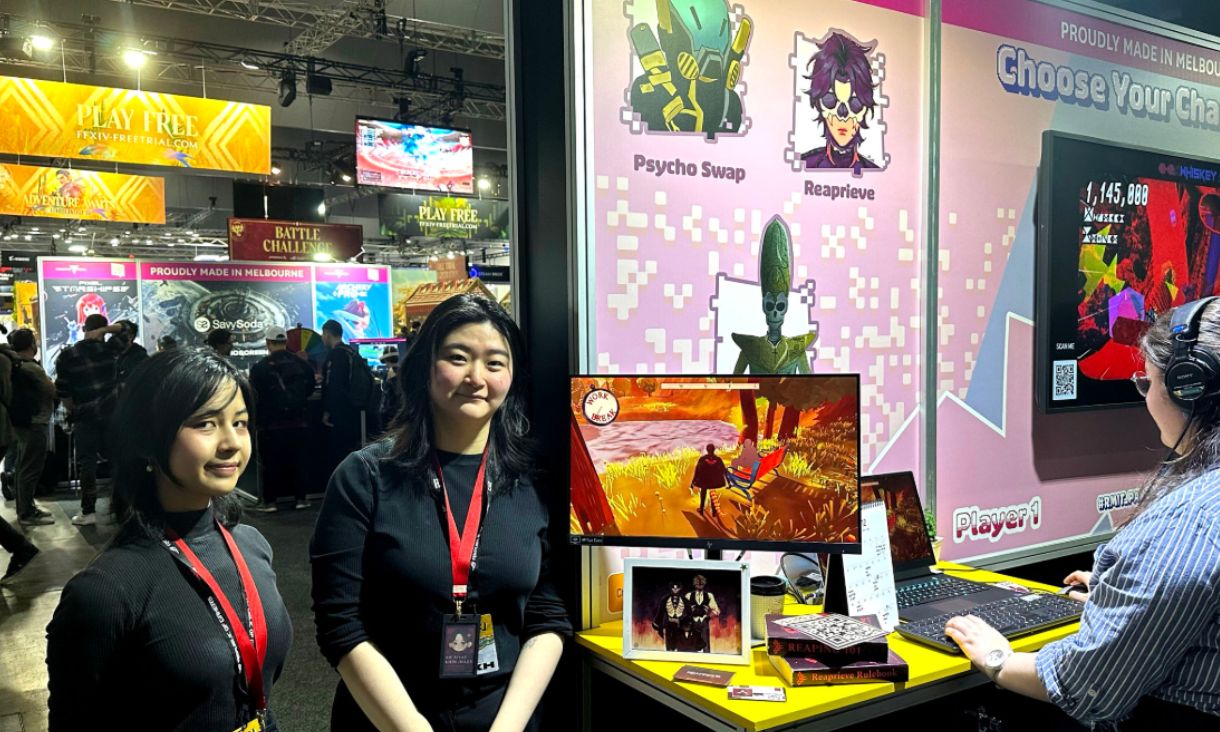University students, staff and alumni will continue to benefit from a range of internships, projects and program access throughout the partnership.
RMIT Vice-Chancellor and President Martin Bean CBE said RMIT deeply valued its relationship with the NGV and what they had achieved together.
“Our organisations share a vision to increase the cultural capital of Victoria and bring innovation to the creative sector, alongside local and international art, architecture and design communities,” Martin said.
“Through this partnership, we are delivering a breadth and depth of opportunities across design and architecture that helps to prepare students for the real world of work in their chosen fields.”
NGV Director Tony Ellwood AM, who was presented with an Honorary Doctorate from RMIT in 2018 in recognition of his leadership in the Australian arts sector, said RMIT had been on a journey with NGV since their new department of contemporary design and architecture was formed in 2015, and the results spoke for themselves.
“Our highly successful partnership with RMIT is one founded on shared values and a mutual passion for exploring the ways that design and architecture can shape the future of our state – socially, culturally and economically,” Tony said.
“It is only through collaborations such as this that we can truly push the boundaries in the scale, ambition and depth of our exhibition and events program.
“We can’t wait to see what the future holds as we continue this journey together.”
RMIT is the official sponsor of the annual NGV Architecture Commission, with this year’s winning commission, ‘In Absence’, created by contemporary artist Yhonnie Scarce in collaboration with Edition Office architecture studio, directed by RMIT alumni Kim Bridgland, and Aaron Roberts.
An annual event, the NGV Architecture Commission is an open national competition, which invites architects to create a site-specific work of temporary architecture, activating the NGV’s Grollo Equiset Garden.
For 2019, architects were encouraged to submit ideas focusing on multidisciplinary thinking, collaboration and audience engagement.
Another collaboration highlight is next year’s Sampling the Future exhibition, which presents a series of case studies that show how design experimentation helps us imagine the future and raise awareness of real-world challenges.
To be held in August, it will feature the practice research outcomes of three RMIT academics including the School of Architecture and Urban Design’s Associate Professor Roland Snooks and the School of Art’s Associate Professor Philip Samartzis, through their work titled ‘Unclear Cloud’, a speculative architecture installation housing a sound installation.
A second exhibit showcases the work of the School of Design’s Dr Pirjo Haikola, titled ‘Sea Urchin Challenge’, which looks at specific ecosystem imbalances and the ways in which design can contribute to raising awareness and improving conservation and sustainable practices.
Story: Diana Robertson





